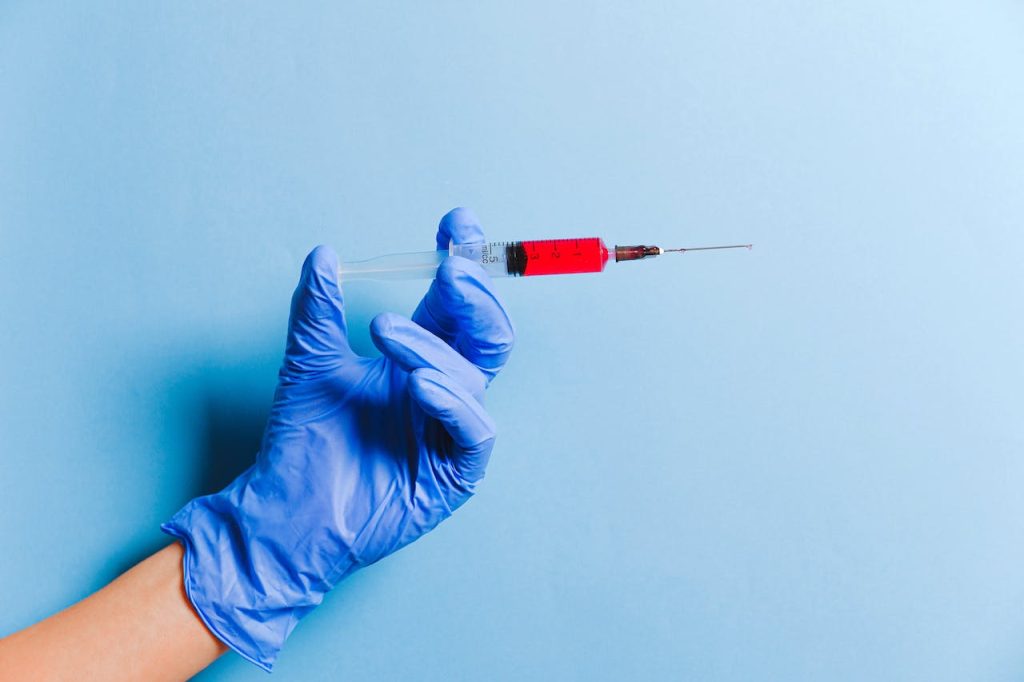The benefits of quality academic education are undeniable, but even the most dedicated students often find themselves unable to eliminate a learning issue that hinders their progress. After all, study habits include various elements: you need to put off any distractions, concentrate on your textbooks, and properly manage your time to obtain and digest information. If you have difficulties with these steps, gaining and using knowledge might present the problems.
However, if you recognize the most common study problems and deal with them, learning becomes much more manageable and challenges in university will be eliminated. Most of the following study problems are related to the students’ mindset and absence of a study habit, so with determination and persistence, you will be able to change your way of thinking, improve your grades and find out the best ways to study.
For students seeking personalized assistance, engaging a case study writer can provide tailored support to overcome specific academic challenges.
1. Lack of motivation to study
Motivation is the crucial factor influencing the students’ desire to learn and develop in their professional field. Moreover, motivation also formulates your good studying habits, which is a key to success. Hence, lack of motivation to study is one of the most challenging issues for many students—after all, if any incentives seem lackluster, doing a tremendous amount of work for learning seems pointless.
To fight the loss of motivation to study, you need to understand the reasons for your lack of interest and reduce their influence as much as possible. Then, to improve your motivation, analyze your preferences and find something that inspires you to work harder and study. These factors can vary heavily, depending on the individual. Still, often they include the satisfaction of finishing a task, gaining positive feedback from teachers and peers, and, of course, the promise of academic and professional success earned by your studying.
2. Constant distractions
Getting distracted is on top of all everyday problems for students as it’s not easy to commit to your learning when the outside world continuously draws your attention with news, videos, messages, and calls from other people. These things take valuable time from your study sessions and make it hard to concentrate—highlighting how cell phone distraction impacts students, especially in environments where smartphones are the primary triggers of digital breaks. The problem becomes more common as we use a computer to do homework and even pass exams online—the focus gets lost as soon as anything in the next tab grabs your attention. These things take valuable time from your study sessions and make it hard to concentrate — an issue frequently explored among research topics in child development, where attention span and focus are key areas of study. This studying habit is relatively easy—just strive to eliminate all the factors that steal your attention during study time.
The prevalence of triggers in the modern world led to the creation of a whole number of studying tips without getting distracted. Create a working environment that looks professional and inspires you to study. Turning off your phone and asking your friends and family not to disturb you during the assigned time are among the most popular strategies for studying. You can also download an app to stop you from spending too much time on social media and other entertainment websites that may help you to overcome these learning difficulties.
More Articles with Useful Tips: |
3. Concentration difficulties
But what to do if all sources of distraction are taken care of, but your mind still wanders from your textbooks? Among possible problems also appear concentration difficulties that create a widespread issue that leads to a significant loss of productivity, which a whole plethora of reasons can cause.
If something on your mind prevents you from concentrating on your work, try to think this issue over or talk about it with someone. Another common reason that causes trouble concentrating is the size of the assignment—sometimes you don’t know where to start and spend your time thinking about it, so the next study tip is dividing a substantial task into smaller pieces can help. Finally, people often lose their concentration from overworking, so don’t forget to rest and allow your memory to recover. Difficulties in learning will always pursue you more or less but your mental and physical health must be a priority.
4. Issues with remembering information
Among popular issues of students, there are memory problems. Studying in university often means loads of topics and loads of information to process and remember. The load of this data you need to digest can be overwhelming, and knowing how to remember information for an exam or test seems impossible. Good for study is to try to plan your whole semester, placing one or two study sessions during each week so you can memorize large amounts of information at a sensible rate. In addition, studying for university exams can only be done in this way also.
Don’t forget to review the information from time to time to refresh it in your mind. If remembering terms, facts, or figures is still difficult for you, try using memory aids and tools such as notes and specialized apps or programs. All of these tips have become effective ways to study in recent years.
5. Lack of interest in your studies
College students study various subjects during their education, and inevitably some of them experience times when they have no interest in studies. This students’ issue becomes more crucial in the second and third year of studying and in this case, you need to consider the bigger picture, remembering that a bad grade might reflect on your diploma and lead to loss of studies and career opportunities in the future. Studying at university can get difficult at any time, and you will possibly feel like giving up, but instead take an interest in solving this study problem of yours and focus on studying effectively for your future.
Telling yourself, “I am not getting interested in studying, and I need help to manage my workload. Should I consider services that can write my essay?” is a practical step towards addressing the problem. Even if a particular discipline isn’t directly connected to your current goals, it could equip you with valuable skills for the future. Additionally, as you gain proficiency in this subject, you might find it more engaging and enjoyable once the initial challenges are resolved.
6. Shortage of resources
In large part, your academic performance depends on you having access to the necessary studying resources that assist you in learning more efficiently. Whether you study on a university exam or write another essay you need to have decent studying materials and unfortunately often problems in university include poor access to technology or essential material.
For example, your college or university might offer additional classes or study groups, but you may not have access to additional materials. If you experience difficulties with searching for suitable books to expand your knowledge on a specific subject, try asking for help from your teachers or more advanced students—and consider how these are impacted by the current teacher shortage, as staff shortages can limit not only instructional time but also availability of support. Perhaps you can get a pdf edition instead of buying lots of printed materials that may cause difficulties with your budget.
7. Inefficient time management
One more study problem is the absence of time management. Often students find themselves in a tough situation because they put learning off till the last minute. All study tips guides are emphasizing their attention on wise time management and they are right as poor time management and lack of knowledge in this sphere are said to be common college student problems that lead to attempts to cram a whole course into your brain in the final week before the test or hastily writing an extensive essay, which can cost you a lot. The best answer to this problem is implementing principles and strategies for time efficiency.
Try to make your work more organized: define your goals, write lists of things you need to do with strict deadlines, work on your homework right after you receive it, and search for practical advice on time management. Remember to put the most important and challenging tasks in the first place on your list to complete them in the beginning. This approach would also help you keep a strict schedule and make all possible use out of your studying time.
Try this test to find out if you’ve got sufficient time management skills for successful studies:
To sum it up
Studying isn’t always easy, but difficulties and challenges don’t change the importance of receiving valuable knowledge and a diploma with impressive grades. Still, these issues take the enjoyment out of your studies, prevent you from obtaining new skills and experience, and harm your academic performance. It is important to inculcate good habits for study and remember all problems in universities are solvable and all of these problems and issues will come and go.
Try to find the motivation to study and get rid of the things that distract you from concentrating on your education. Plan your learning and use memory aids if you struggle to remember information from your courses, and if some subjects seem too dull, remind yourself that they also might be helpful later in life. Search for additional resources in your institution, and don’t shy from asking for help. Finally, properly manage your time to establish study routines and good study habits. A responsible approach to your studies will definitely pay off in the long run.





